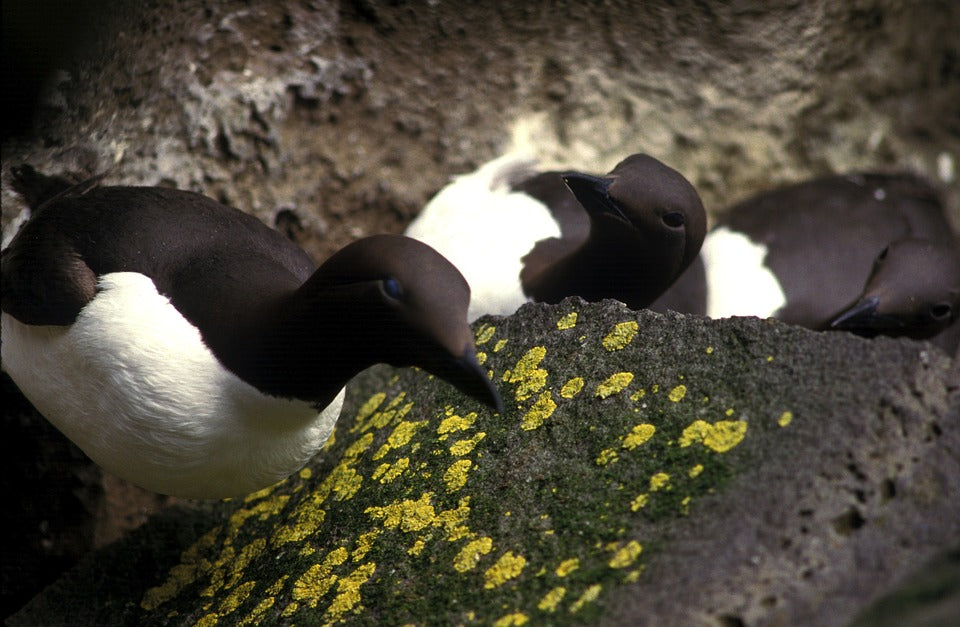Offer
Provide additional details about the offer you're running.
Provide additional details about the offer you're running.
Provide additional details about the offer you're running.

What was first identified as white blobs along the beach in Whittier, Alaska was later identified as thousands upon thousands of deceased common murres.
“It was pretty horrifying” seabird biologist David Irons told the Associated Press, who is believed to be the one who discovered this massive die-off.
Looking somewhat like a penguin, the common murre is one of North America’s most abundant seabirds, nesting along the coastal cliffs and then spending the winter months at sea. While this species is very common in the western coasts of the United States and Canada during the winter months, it is also found in eastern Canada as well during the winter, with a few areas in the east boasting year-round populations.
What has caused this unprecedented tragedy still remains somewhat of a mystery. Researchers and biologists believe that a number of factors could have possibly caused the event and could even be a combination of a number of their theories.
Climate Change
One of the leading believed causes is thought to be that of climate change and more specifically; the rising of the water temperatures. As with any species on our beautiful planet, we all depend on reliable food sources to survive and these active birds are no different. Their daily lives and foraging activities leave their bodies craving for prey matching 10-30% of the body mass on a daily basis.
Their prey of choice is known as capelin, a small fish of the smelt family that is often found in large quantities locally. This however changes dramatically when water temperatures rise, even by only a degree or two notes David Irons.
“If the water (temperature) goes above that threshold, they’re out of there,” Irons said. “They either die or they move.”
Extreme Weather
Biologists also believed the busy North Pacific winter storms that blew through the region throughout December could also be to blame and are likely a combining factor. Storms such as these prevent already weakened birds from foraging for food and in many cases, they can be blown quite a bit off course. According to Anchorage’s Bird Learning and Treatment Centre, they received 160 stranded murres over the course of the last three months of 2015.
Another 230 murres arrived at the treatment centre in the first five days of 2016 alone.
High Quality Blend